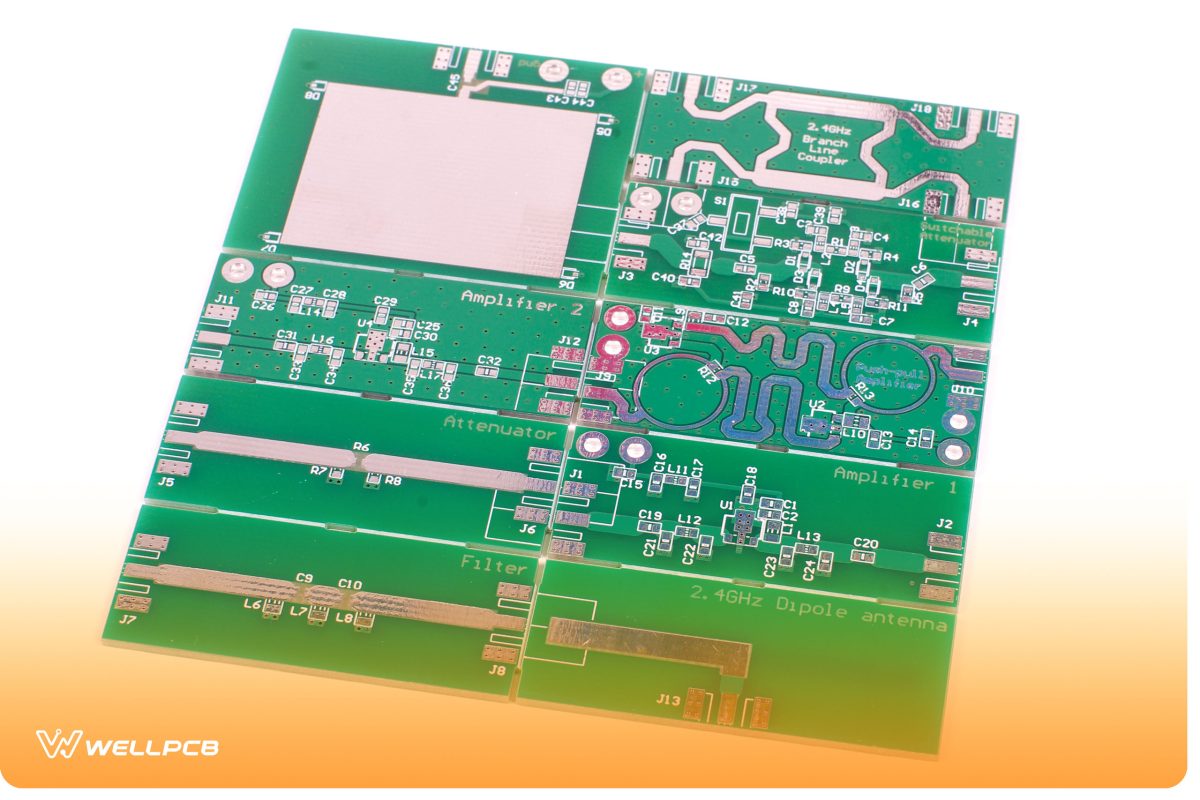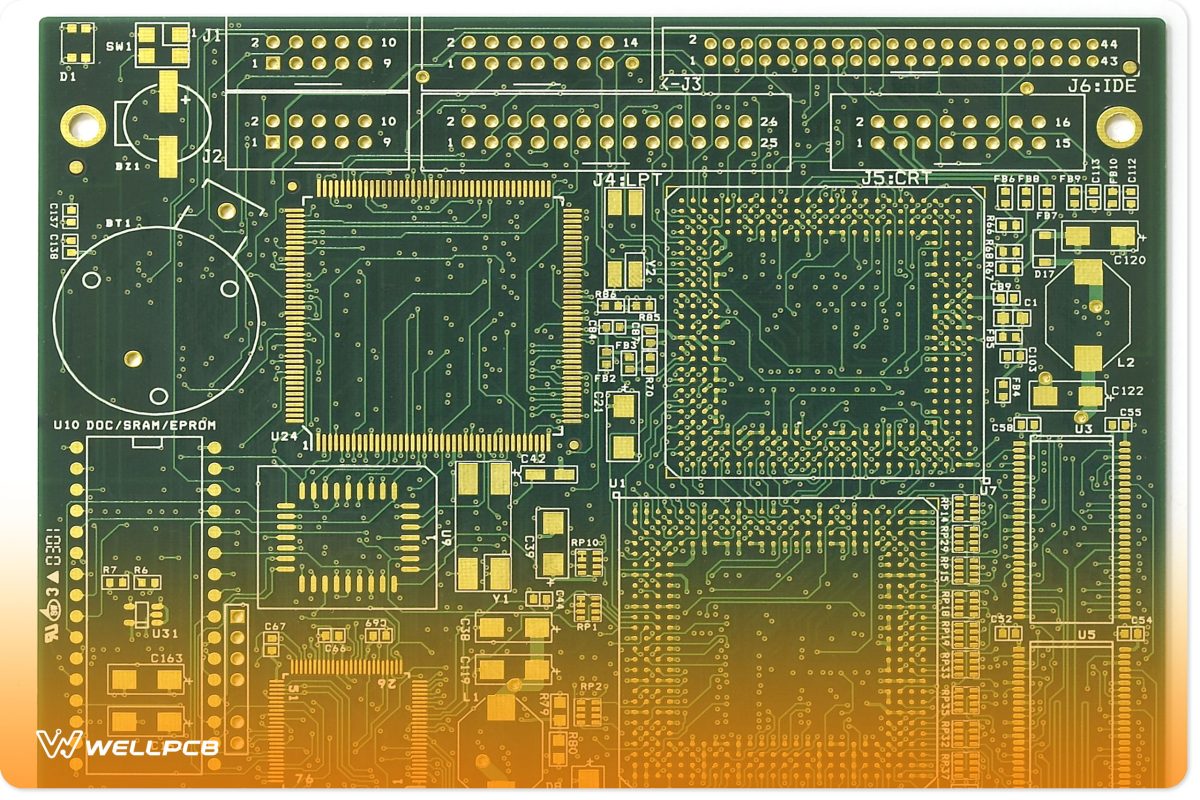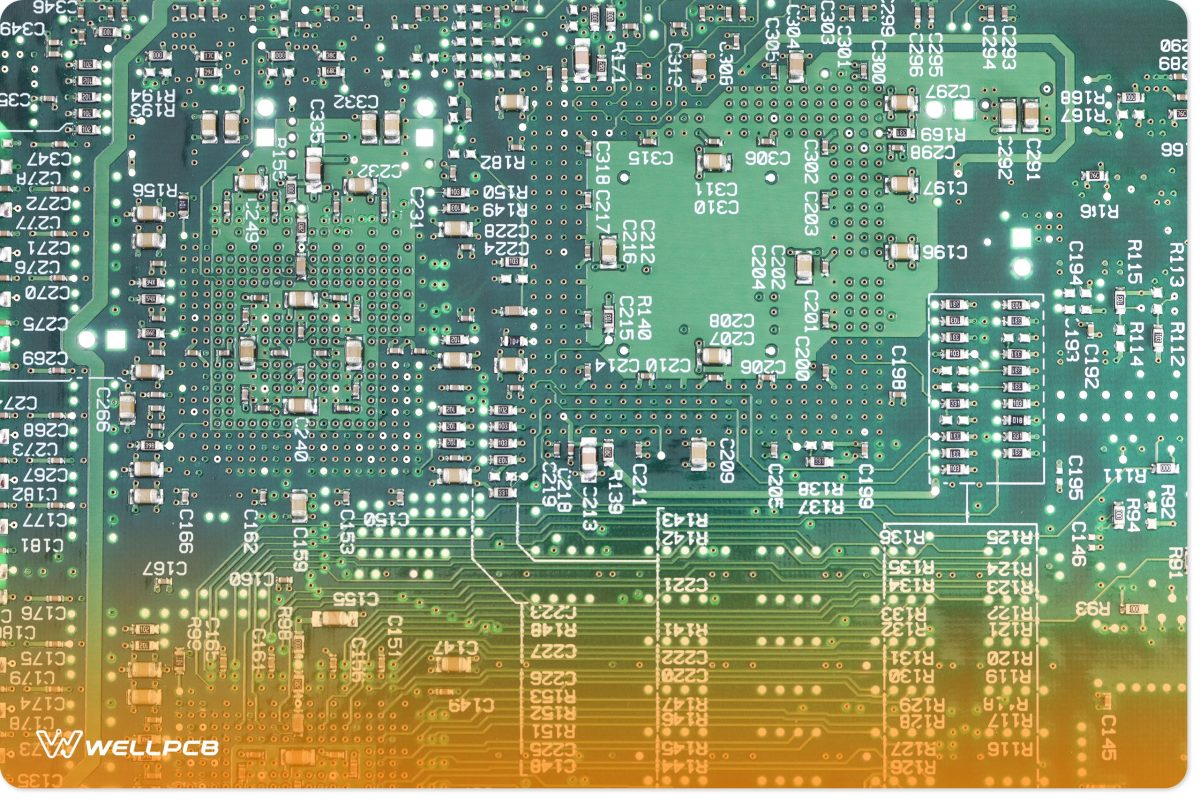Multilayer PCB boards can be incorporated using an odd number of inductive layers or even several inductive layers.
However, a board with an even number of layers is preferable for most devices because these boards are more accessible to manufacture than boards with odd layers.
Also, they don’t damage themselves when bent or twisted during project execution. Rigid multilayer PCBs can’t be bent, twisted, or turned like flexible boards, but they still provide enough flexibility to fulfill the project’s requirements when it comes to bending or twisting the board.

Both rigid and flexible boards are manufactured in the same way, except when choosing the substrate material.
Flexible boards use flexible substrate material, while wooden multilayer boards use rigid substrate material.
Fabrication of rigid multilayer boards is easy but not as easy as single- or double-layer boards.
Prepreg and core material are joined together during the manufacturing of the board, which is then subjected to high pressure and temperature to remove any trapped air between the layers.
This trapped air may damage the board in the later stage. Taking proper measures and using appropriate temperature and pressure can save you a lot of time in the last phase of the project.

Conductive traces on the board that connect different components must be made from copper with finite resistance where controlled impedance is possible.
Similarly, if a significant current flows from the system, it increases temperature because of trace resistance, ultimately damaging the project’s performance.
Increasing trace width can help you control the overall temperature, which is often impossible.

The alternative solution is increasing the copper thickness to keep the temperature under control so it can’t damage or affect the project’s overall performance.
During the board’s manufacturing, the digital and analog portions must be connected to a single point to separate them from the ground planes.
Multilayer boards are suitable for most electronic devices where the ultimate goal is performing multiple functions using a single panel without spending too much money.
These multilayer boards are used in computers, monitors, cell phones, file servers, X-ray equipment, GPS technology, and many more.





